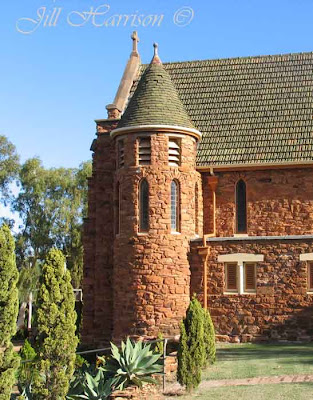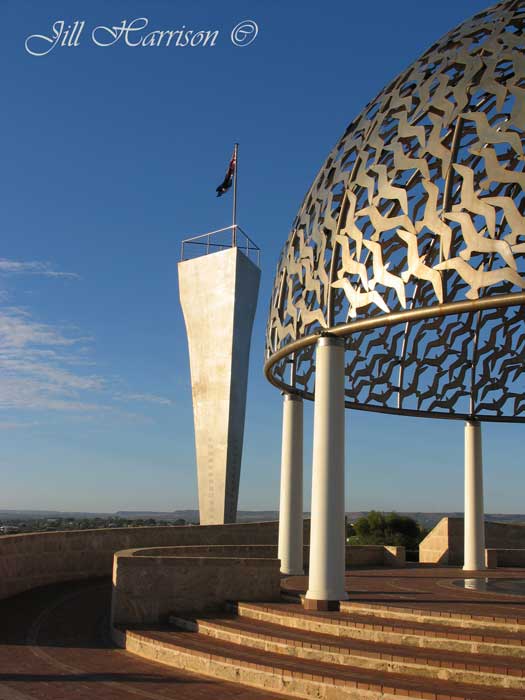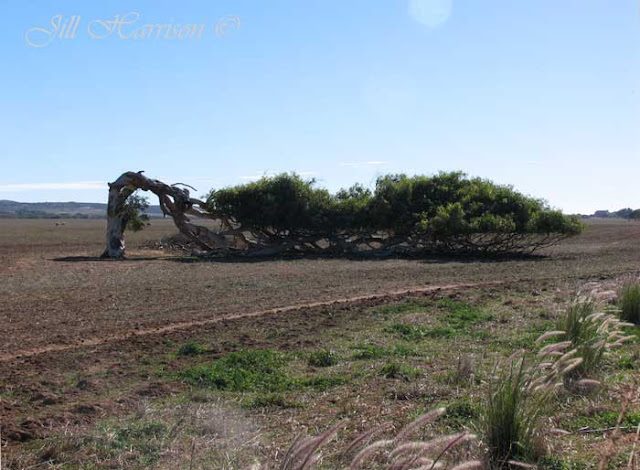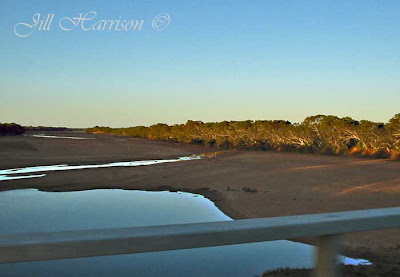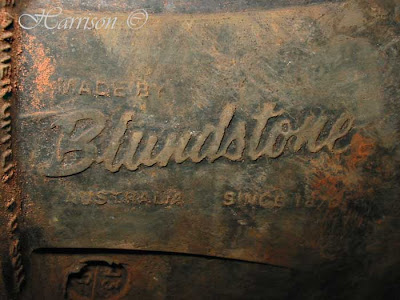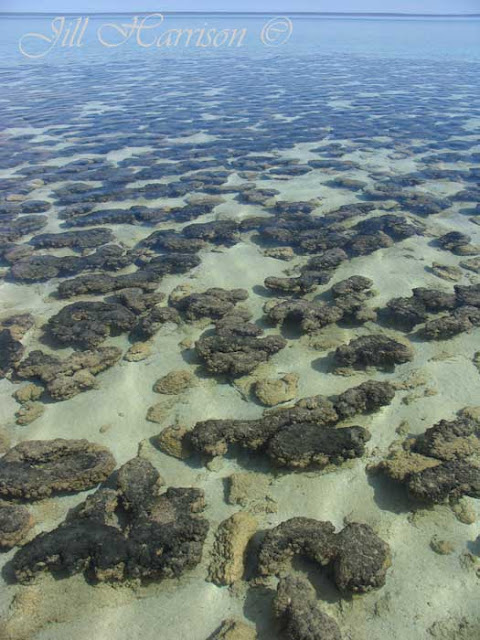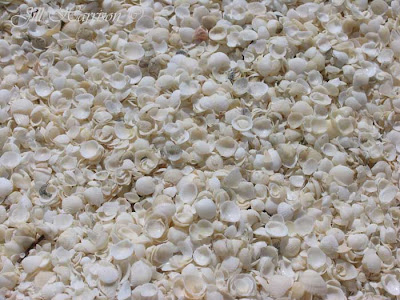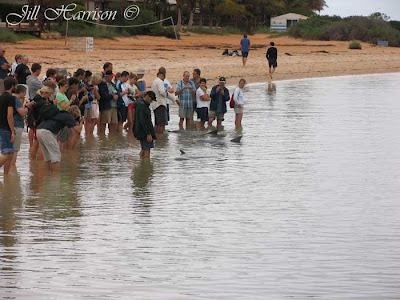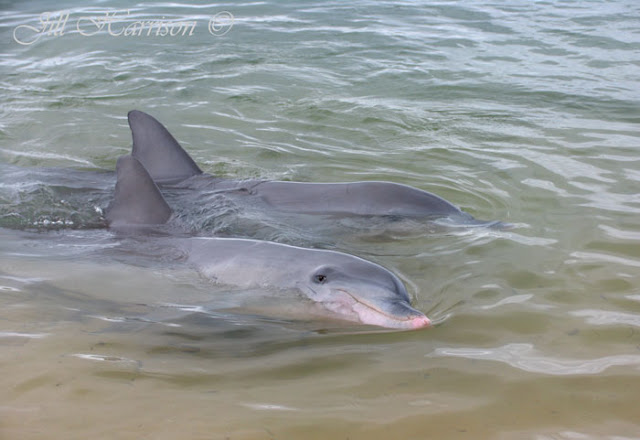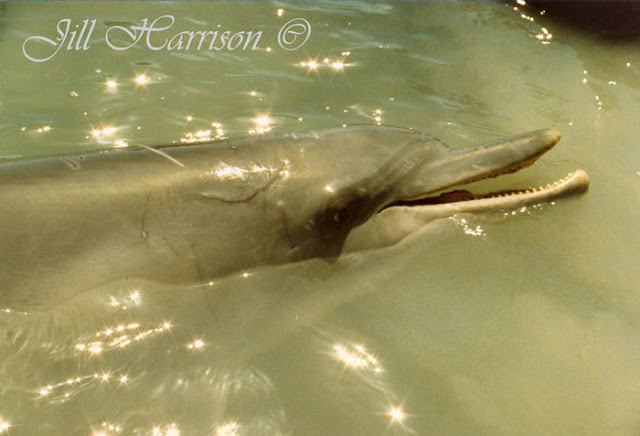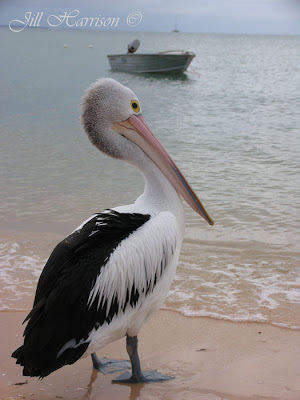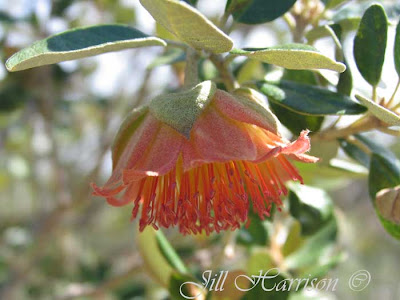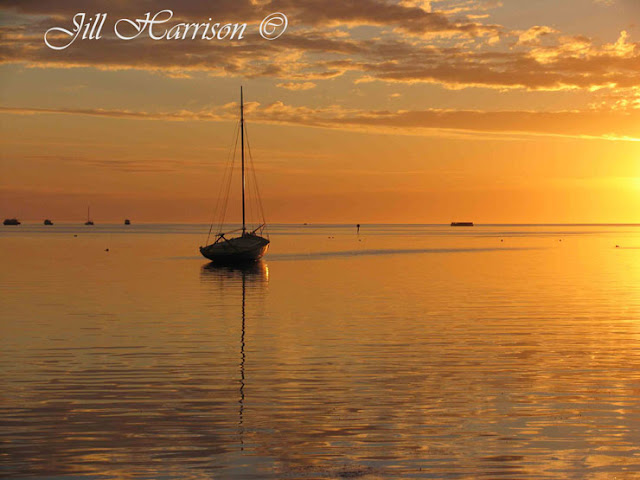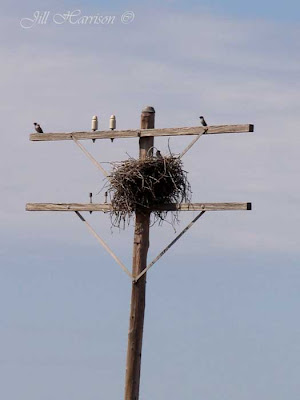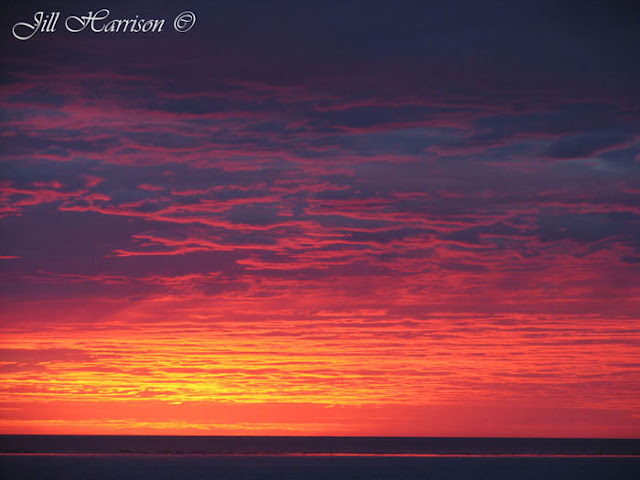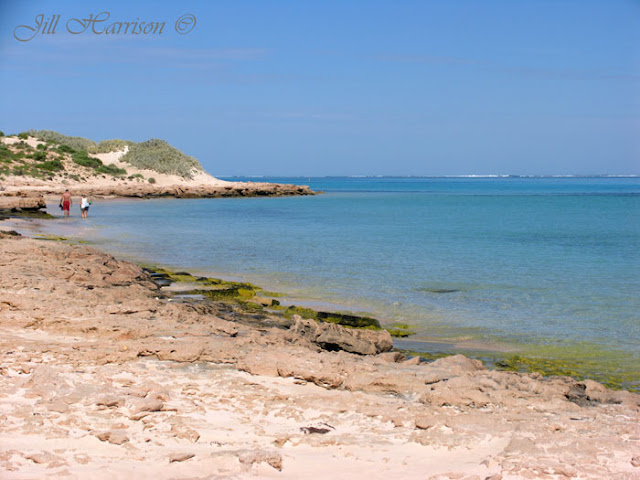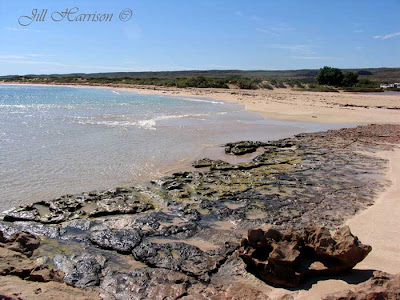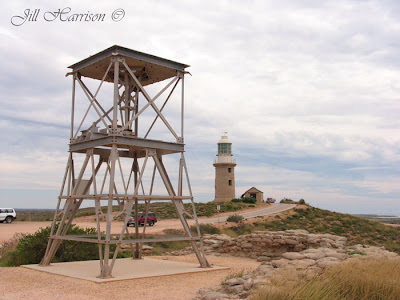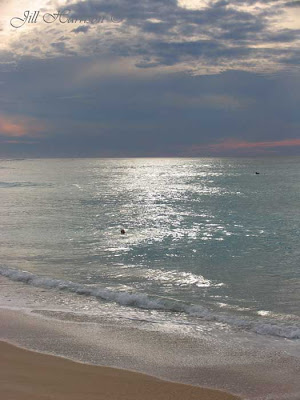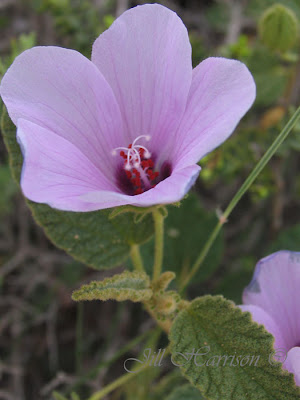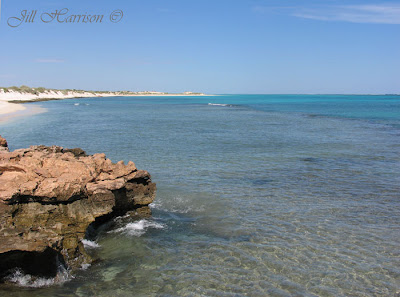Kwongan is an aboriginal name for low dense heath and scrublands of eye level height allowing you to view over the landscape.
Located in the richly bio-diverse Kwongan scrublands 300kms north of Perth is Western Flora Caravan and Tourist Park. The 160 acre nature based park is well known for a spectacular range of wildflowers during the wildflower season (July to January) making the Park a wildflower lover’s paradise.
 |
| From Western Australia |
Included in the tariff at Western Flora is a daily guided wildflower discovery walk at 4.30pm with owner and internationally recognized wildflower expert Allan Tinker. The walk is fascinating for wildflower enthusiasts and Allan will help you to see nature with new understanding, including the combined roll of flowers, insects and animals in pollination.
Allan has the distinction of having had a visit from Sir David Attenborough and has had two species of wildflower named after him, the Diuris tinkeri donkey orchid and the Melaleuca tinkeri.
Around 2,000 species of plants live within a 40 kilometre radius of the park, and walks along the walk trails within the 65 hectare Park accompanied by the resident kangaroos will allow visitors to see and photograph some of them.
Allan Tinker was fascinating to listen too - so knowledgeable about the plants. As well as the walking tour, he also does slide shows, and 4WD day tours. At Western Flora everyone is interested in the same thing - the wildflowers - so you meet lots of like minded people.
Here is a mother kangaroo (doe) and her baby (joey) near our camp.
 |
| From Western Australia |
and some wilflowers. Unfortunately I haven't been able to identify this one, but I think it might be one of the Dryandra family - but not opened yet.
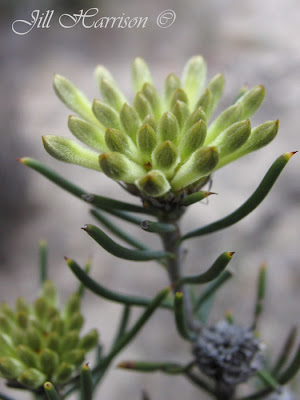 |
| From Wildflowers |
The Tinsel Lily
 |
| From Wildflowers |
And so our tour continues....as we visit Lesueur National Park...
The 26,987 hectare Lesueur National Park is located only 50km south of Western Flora. Lesueur has been a mecca for botanists since 1850. As one of the richest sites for plant species in the world it is a biodiversity hotspot, and has the greatest concentration of plant species in WA. 200 of its 900 species have special conservation significance. 124 bird species also rely on the area’s flora, including the endangered Carnaby’s Cockatoo.
Mount Lesueur (known to the aborigines as Koomba Chiler) was named after French artist Charles Alexandre Lesueur who sailed up the coast on board the Naturaliste in 1801.
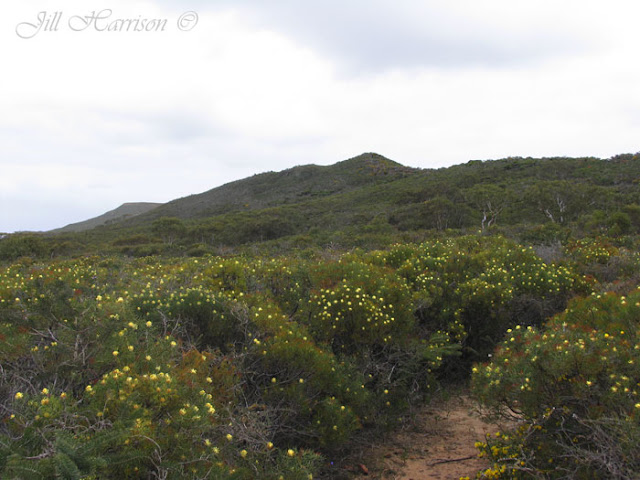 |
| From Western Australia |
A 19km surfaced tourist road winds through the Park with picnic areas and numerous pullovers where you can stop and get out to view the wildflowers. There are also several walk trails with interpretive panels telling you about geology and plant species, ranging from a 400 metre wheelchair accessible path to the 4km Lesueur summit trail which has views of the coast.
This is a Starflower...
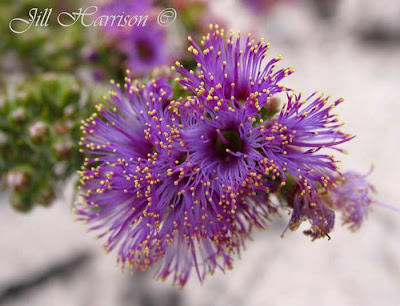 |
| From Wildflowers |
Blue Leschenaultia....
 |
| From Wildflowers |
Fringed Bell....
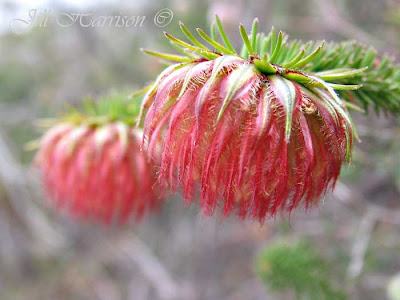 |
| From Wildflowers |
And now we move on further south to the Pinnacles in the Nambung National Park.
Regarded as one of Australia's most unique landscapes, these limestone spiers reach several metres tall. It's believed the Pinnacles were created millions of years ago as seashells were broken down into sand and then eroded by water and wind.
 |
| From Western Australia |
I must honesty admit these are not my best shots - unfortunately we were short of time and we were there at totally the wrong time of day - midday! But sometimes you can't always be where you want to during the magic hour! I hope to go back again during a wildflower run in 2011, and hopefully I will make a better go of it then at a better time of day! They do lots of day tourist trips from Perth to the Pinnacles, and I also know they run photography work-shops up there.
 |
| From Western Australia |
Thanks everyone for looking and joining the tour. Only a few weeks to go!
